|

On eBay Now...
Antique 1852 PETER WRIGHT PATENT 1-0-0 Antique ANVIL 112 Lbs. Local Pickup Only For Sale
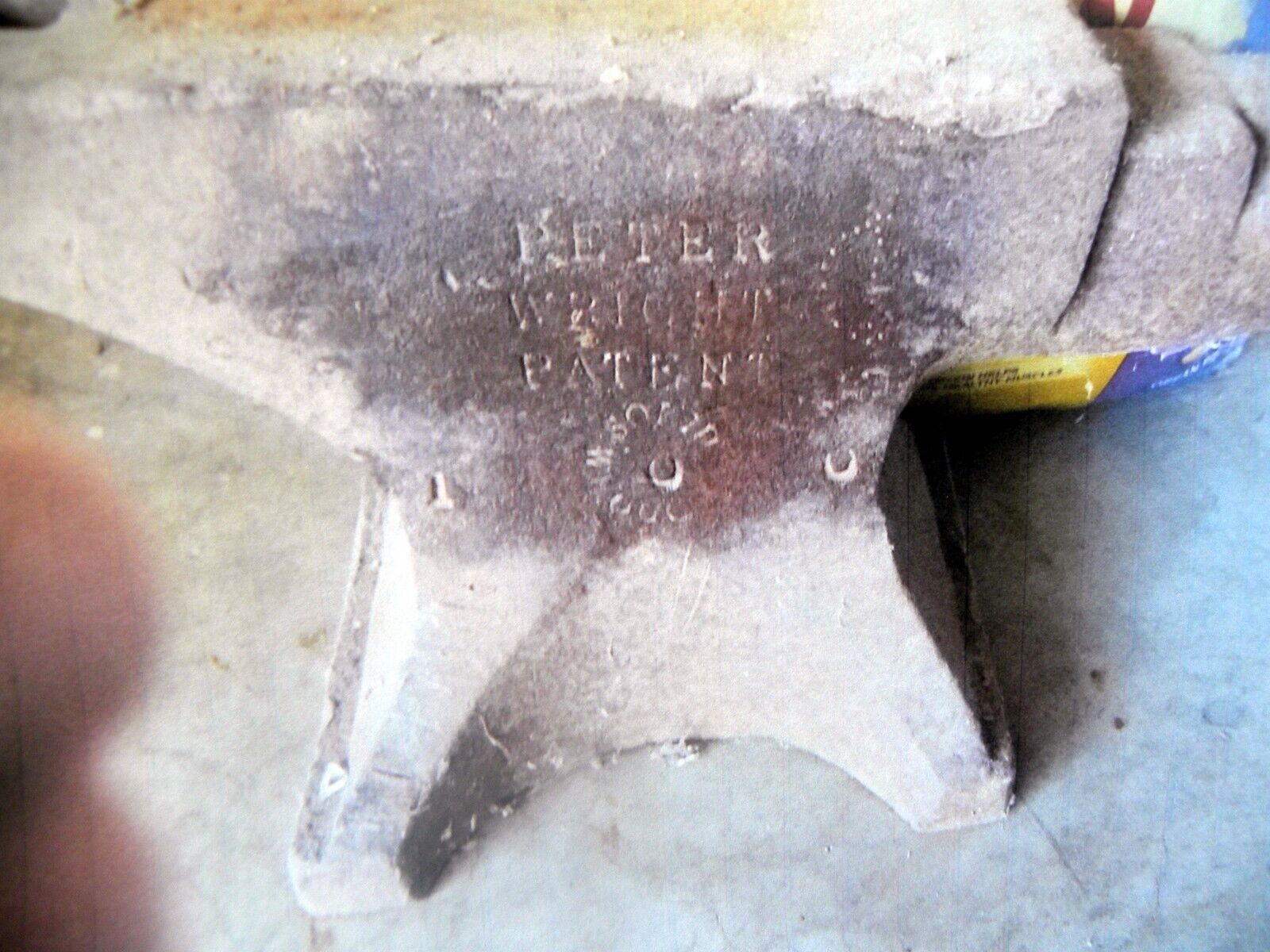
When you click on links to various merchants on this site and make a purchase, this can result in this site earning a commission. Affiliate programs and affiliations include, but are not limited to, the eBay Partner Network.

Antique 1852 PETER WRIGHT PATENT 1-0-0 Antique ANVIL 112 Lbs. Local Pickup Only:
$899.90
ANTIQUE PETER WRIGHT PATENT ANVIL
1852 MANUFACTURING DATE
WEIGHT AT CREATION: 112 POUNDS
Measures: 23.5\" Long, 10\" Tall, 8.5\" Foot Depth
This anvil was made in 1852 because it has “handling holes” in stand. It is in pristine shape.The owner is willing to include with this purchase a large box of hand-forgedtools that were created using this anvil in the early 20th Century.
Well worth the time and effort to pick it up from Santa Barbara!
From Co-Pilot Internet Site:ThePeter Wright anvilholds a fascinating place in the world of black-smithing. Let’s delve into its intriguing history: - Origins and Murky Beginnings:
- The Peter Wright anvil is of English origin, although it has become an American classic. Its abundant presence in the United States has made it a household name among blacksmiths.
- The exact origins of Peter Wright’s manufacturing venture are somewhat murky. While some sources suggest that Peter Wright anvils predate 1830, a 1904 article claims that the company had been in business since 1704.However, most documented information centers around 1852 when the Peter Wright & Sons company patented their two-piece pattern for anvil forging1.
- Interestingly, there is speculation that Peter Wright himself was the great-grandson of the founder, with the possibility that his predecessor was also named Peter Wright.
- Anvil Production and Innovation:
- Peter Wright anvils were crafted in Dudley, England. They produced anvils ranging from 40 to 600 pounds, with the 100-150 pound variants being the most common in the United States.
- The company was also a major manufacturer of leg vises.
- What truly set Peter Wright apart was their innovative approach to anvil construction. They pioneered thetwo-piece anvil process, which involved creating the anvil in two halves and then forge welding these pieces together.
- In this process:
- The base of the anvil was formed by piling up scrap iron and welding it into a solid mass.
- The top piece was forged similarly, with forming occurring during the welding process. This shaped the horn, chisel plate, hardy hole, and pritchel hole.
- The advent of steam hammers significantly boosted the efficiency, robustness, and speed of this manufacturing method.However, it’s essential to note that Richard King from England had invented this style of anvil making in 1820, 32 years before Peter Wright introduced the two-piece process1.
- Distinctive Features:
- Peter Wright anvils were characterized by their recognizable shape.While other English anvil manufacturers gradually developed the “London Pattern,” Peter Wright brought artistry to the lines of the anvil, defining what we now consider the classic anvil shape of the late 19th and early 20th centuries2.
- Some Peter Wright anvils featured multiple face-plate pieces, especially those weighing more than 150 pounds. If an anvil has more than one face-plate piece, you can usually see the line where they are joined.
- Post-1885, one-piece face-plates became more common, but Peter Wright’s anvils were so well-made that it’s challenging to detect this feature on newer-looking anvils.
- An interesting historical detail: In 1910, England mandated that all exported durable goods be marked with the word “England.” Post-1910 Peter Wright anvils bore this mark, along with the word “patent.” These later anvils had a higher, thinner waist and a more rounded horn1.
In summary, Peter Wright & Sons’ solid wrought anvils were exported worldwide and remained the best-selling anvils in the United States for over a century. Their legacy endures as a testament to craftsmanship and innovation in the blacksmithing world.

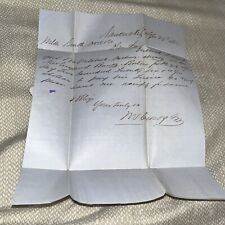
Antique 1852 Pre Civil War Era Letter from Nantucket Massachusetts to Andover $39.30
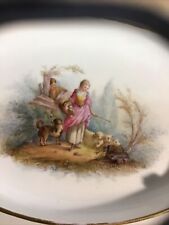
Antique 1852 French Sevres Dish Shepherdess with Dog and Man Looking On $165.00

Antique 1852 Mettalic Tablet Razor Strop 4 Side Wood Leather w/Case Geo Saunders $59.49
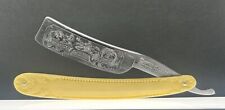
straight razor antique” Fredrick Fenney,( Tally Ho) 1824-1852/England. $400.00
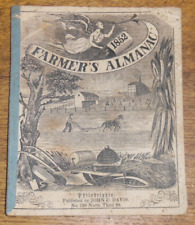
Antique 1852 Farmer's Almanac - John C. Davis No.139 N. 3rd St. Philadelphia PA $14.99
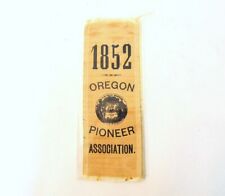
Antique 1852 OREGON PIONEER Association Ribbon $17.50
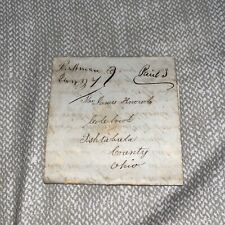
Antique 1852 Letter Parkman to Ashtabula County Ohio on Trading Wagon Barn Land $31.30
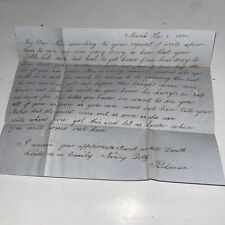
Antique 1852 Letter to Ashtabula County OH Ohio from Parkman on Family Matters $29.95
|